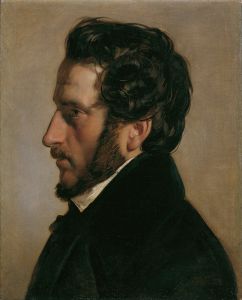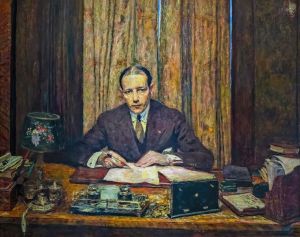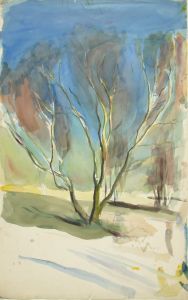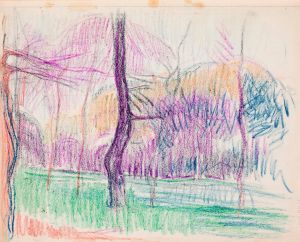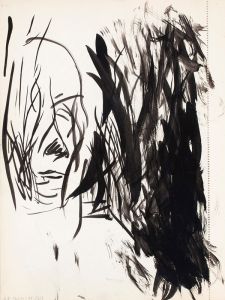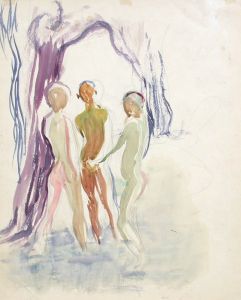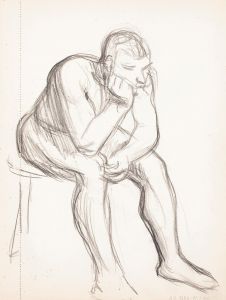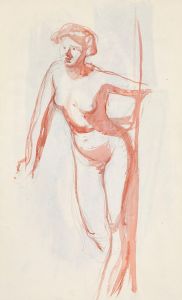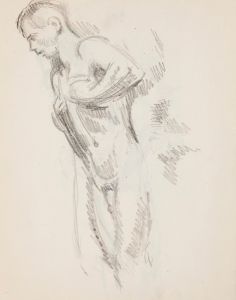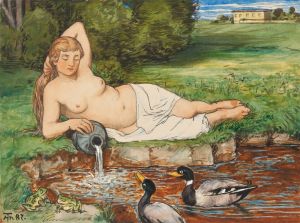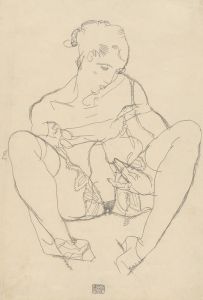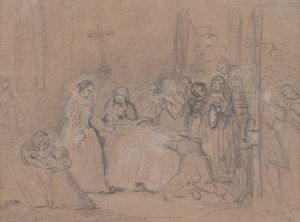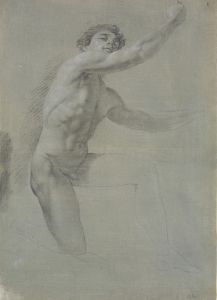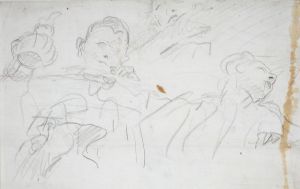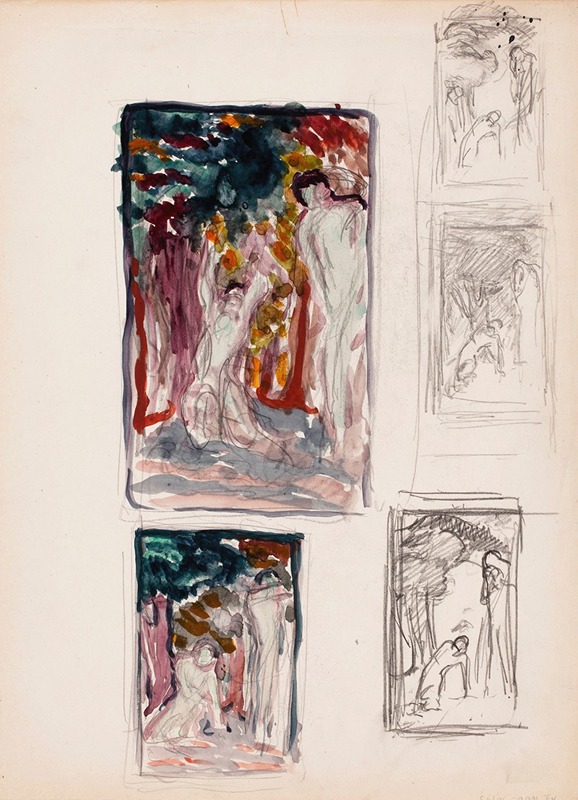
Luonnoksia maalaukseen Haavoittunut nymfi
A hand-painted replica of Magnus Enckell’s masterpiece Luonnoksia maalaukseen Haavoittunut nymfi, meticulously crafted by professional artists to capture the true essence of the original. Each piece is created with museum-quality canvas and rare mineral pigments, carefully painted by experienced artists with delicate brushstrokes and rich, layered colors to perfectly recreate the texture of the original artwork. Unlike machine-printed reproductions, this hand-painted version brings the painting to life, infused with the artist’s emotions and skill in every stroke. Whether for personal collection or home decoration, it instantly elevates the artistic atmosphere of any space.
Magnus Enckell, a prominent Finnish symbolist painter, created the artwork "Luonnoksia maalaukseen Haavoittunut nymfi" (Sketches for the Painting Wounded Nymph) during his prolific career in the late 19th and early 20th centuries. Enckell is renowned for his contributions to Finnish art, particularly during the Golden Age of Finnish Art, a period marked by a national romantic movement that sought to establish a distinct Finnish cultural identity.
Born on November 9, 1870, in Hamina, Finland, Enckell studied at the Drawing School of the Finnish Art Society in Helsinki and later continued his education in Paris, where he was influenced by the Symbolist movement. This movement, characterized by its emphasis on spirituality, imagination, and dreams, played a significant role in shaping Enckell's artistic style. His works often explore themes of mythology, human emotion, and the interplay between light and color.
"Luonnoksia maalaukseen Haavoittunut nymfi" is a series of sketches that reflect Enckell's interest in mythological subjects and his skill in capturing the human form. The title, which translates to "Sketches for the Painting Wounded Nymph," suggests that these sketches were preparatory works for a larger, more detailed painting. Unfortunately, the final painting, if it was ever completed, is not widely documented or known to exist today.
Enckell's sketches typically exhibit a delicate balance between realism and abstraction, a hallmark of his Symbolist approach. In these works, he often employed a muted color palette and soft, flowing lines to evoke a sense of ethereal beauty and introspection. The subject of a wounded nymph aligns with Enckell's fascination with classical mythology and his ability to imbue his figures with a sense of vulnerability and emotion.
Throughout his career, Enckell was known for his ability to convey complex emotional states through his art. His figures often appear contemplative, caught in moments of introspection or emotional turmoil. This focus on the inner life of his subjects is evident in the "Wounded Nymph" sketches, where the nymph's injury may symbolize deeper psychological or spiritual wounds.
Enckell's work was instrumental in the development of modern art in Finland. He was a founding member of the Septem group, which sought to introduce modernist ideas to Finnish art. His influence extended beyond his own creations, as he played a crucial role in mentoring younger artists and promoting new artistic movements in Finland.
Despite the lack of detailed information about the final painting of "Wounded Nymph," the sketches remain an important part of Enckell's oeuvre. They offer insight into his creative process and his ability to blend mythological themes with personal expression. Today, Enckell is celebrated as one of Finland's most significant artists, and his works continue to be studied and appreciated for their contribution to the Symbolist movement and Finnish art history.
In summary, "Luonnoksia maalaukseen Haavoittunut nymfi" by Magnus Enckell exemplifies the artist's skill in capturing the delicate interplay between myth and emotion. While the final painting may not be well-documented, the sketches serve as a testament to Enckell's artistic vision and his enduring impact on the art world.





